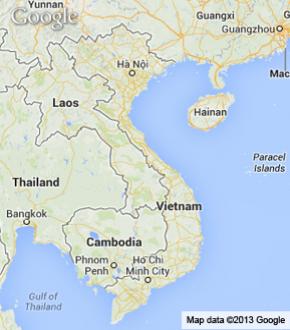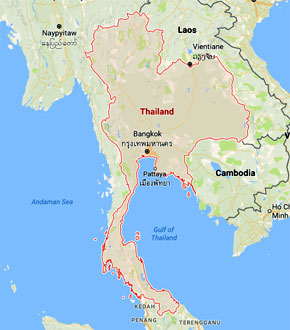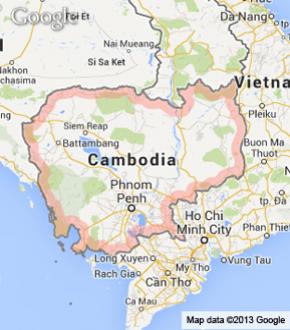The wild tiger population is not doing so well. The big cats have been the victims of habitat destruction and hunting. And those that are left often struggle to find prey because those animals have been over-hunted, as well. In the last two centuries of so, tigers have lost 93 percent of their historical range, and scientists estimate the species numbers only 3,000 to 4,000 animals in the wild.
About 70 percent of the tiger population can be found crammed into spaces that total just 7 percent of the animal’s current range, in places scattered across Asia. One of those sites, the Huai Kha Khaeng Wildlife Sanctuary, is in eastern Thailand. In 2006, officials working with the Wildlife Conservation Society established a systematic and intense program of foot patrols in the sanctuary to combat poaching of the tigers and their prey. The efforts appear to be helping, concludes a studypublished February 5 in Conservation Biology.
Somphot Duangchantrasiri of Thailand’s Department of National Parks and colleagues monitored the sanctuary’s tiger population with camera traps from 2005 through 2012. Over that time, the team identified about two to three dozen tigers every year. Using these sightings, the researchers estimate that the park is home to more than 50 tigers, making this the largest tiger population outside of the Indian subcontinent.



























